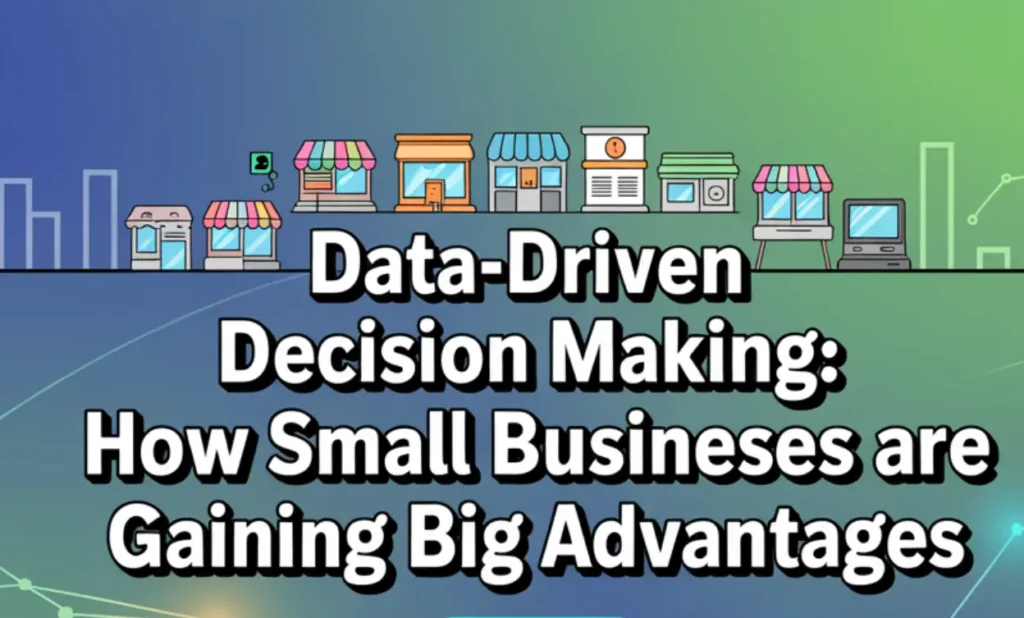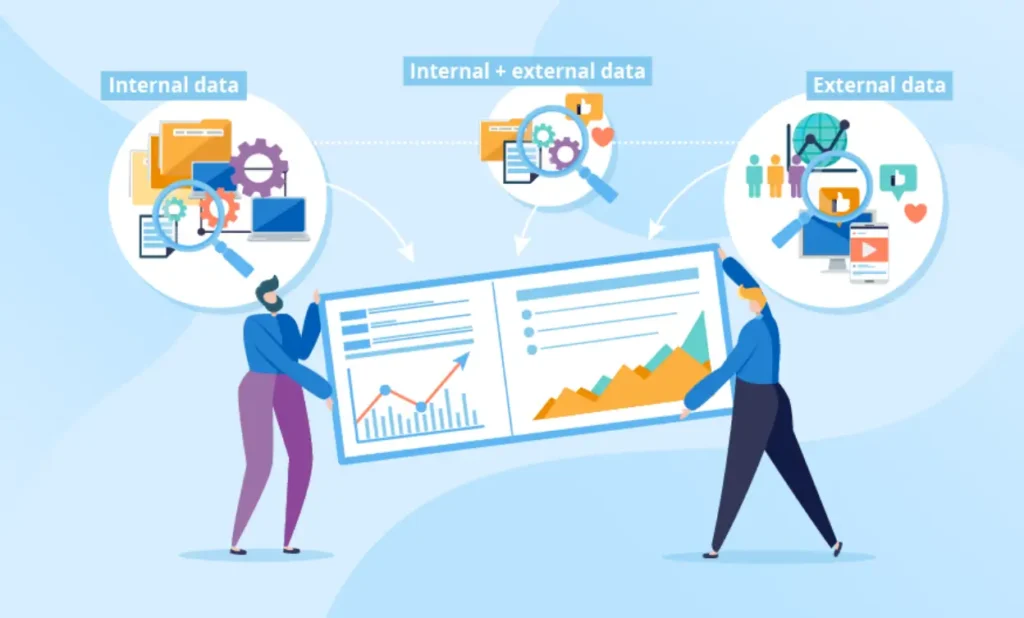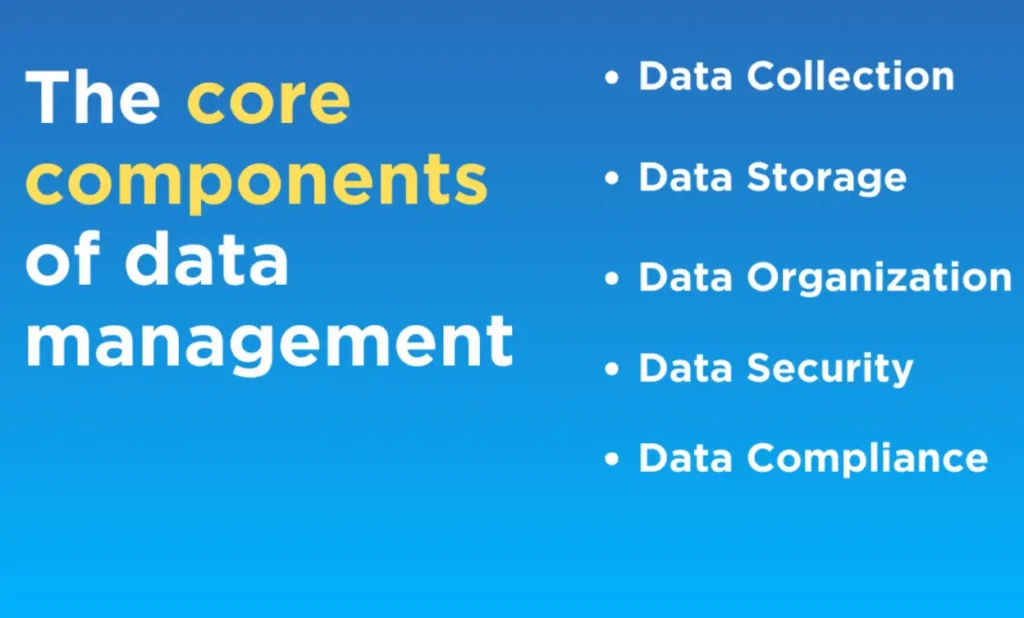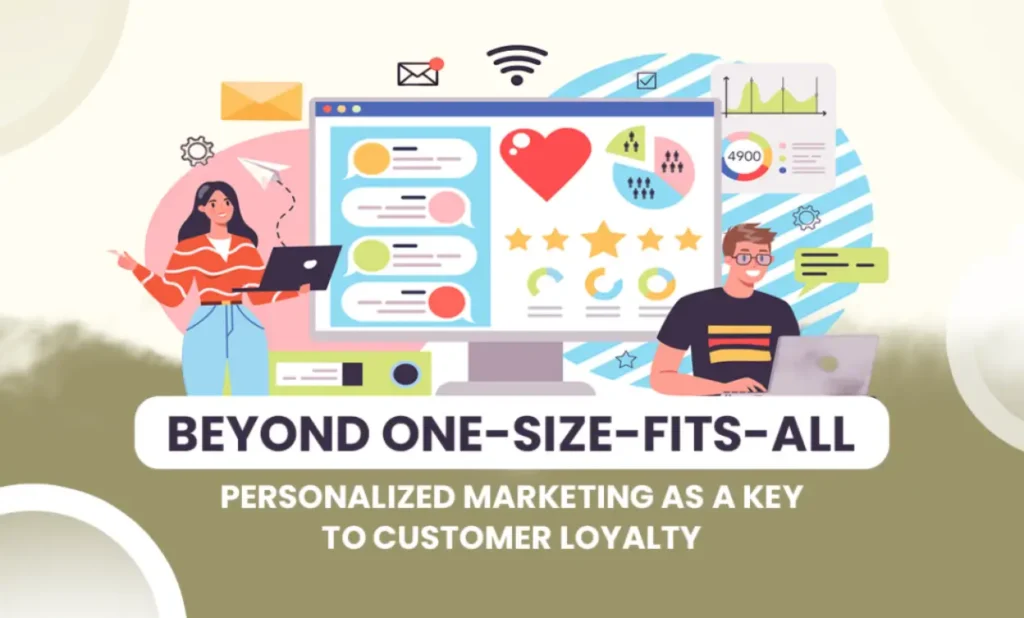
In today’s hyper-competitive market, small businesses must leverage every tool available to stay ahead. One of the most transformative strategies is data-driven decision making (DDDM). By utilizing precise data analytics, small enterprises are not only surviving but thriving, outpacing even larger competitors. This article delves into how small businesses harness data to unlock unprecedented growth and efficiency.
The Power of Data-Driven Decision Making

Data-driven decision making involves making strategic business choices based on verifiable data rather than intuition alone. This approach provides clear insights into market trends, customer preferences, and operational efficiencies, enabling small businesses to act swiftly and accurately.
For small businesses, this translates to:
- Enhanced Customer Insights: Understanding demographics, buying behaviors, and feedback.
- Operational Efficiency: Streamlining processes based on performance metrics.
- Improved Financial Management: Tracking expenses and revenues for smarter budgeting.
Collecting Actionable Data: The First Step to Success
The first step in a data-driven strategy is gathering relevant data. Small businesses often use:
- Point-of-Sale (POS) Systems: Capture transactional data in real time.
- Customer Relationship Management (CRM) Software: Track interactions and preferences.
- Social Media Analytics: Gain insights from user engagement and feedback.
- Website Analytics: Tools like Google Analytics monitor visitor behavior and traffic sources.
These tools provide a comprehensive view of business health and customer engagement, laying the groundwork for informed decisions.
Analyzing Data to Drive Performance

Once data is collected, the next crucial step is analysis. Small businesses typically employ:
- Descriptive Analytics: Summarizing historical data to understand patterns.
- Predictive Analytics: Using statistical models to forecast future trends.
- Prescriptive Analytics: Recommending actions based on data insights.
With these analyses, small businesses can identify growth opportunities, mitigate risks, and tailor their offerings to meet market demands precisely.
Real-World Applications of Data-Driven Strategies

1. Personalized Marketing Campaigns
By analyzing customer data, small businesses can develop highly personalized marketing campaigns. This increases conversion rates and fosters customer loyalty. For instance, segmenting email lists based on purchase history allows targeted promotions that resonate deeply with recipients.
2. Inventory Optimization
Using sales data, small businesses can predict demand fluctuations, ensuring optimal stock levels. This minimizes both stockouts and overstocking, reducing costs and improving customer satisfaction.
3. Financial Forecasting
Data-driven decision making enables precise cash flow forecasting. By monitoring sales trends and expenses, small businesses can plan for seasonal variations and unexpected downturns, ensuring financial stability.
4. Enhancing Customer Experience
Analyzing customer feedback helps identify pain points in the service journey. Businesses can swiftly implement improvements, thereby boost customer satisfaction and enhance brand reputation.
Leveraging Affordable Tools for Maximum Impact
Contrary to popular belief, data analytics is no longer exclusive to large enterprises. Numerous affordable and user-friendly tools empower small businesses to embrace data-driven strategies effectively:
- Google Data Studio: For creating customizable data reports.
- Tableau Public: Visualizing complex datasets.
- Zoho Analytics: Offering robust business intelligence features.
- HubSpot CRM: Combining CRM functionalities with insightful analytics.
These platforms require minimal investment yet deliver powerful insights, democratizing access to data intelligence.
Challenges and How to Overcome Them
While the benefits are clear, small businesses may face obstacles such as:
- Data Overload: Too much data can be overwhelming. Prioritize key performance indicators (KPIs) to stay focused.
- Skill Gaps: Limited technical expertise can hinder analysis. Invest in training or consider outsourcing to data specialists.
- Data Quality: Inaccurate data leads to poor decisions. Regularly audit and clean datasets to maintain data integrity.
The Future of Data-Driven Decision Making for Small Businesses
The future is bright for data-driven small businesses. Emerging technologies such as artificial intelligence (AI) and machine learning (ML) promise to further enhance the precision and depth of data analysis. Small businesses that adopt these technologies early will be well-positioned to lead in their markets.
As IoT devices and 5G networks proliferate, the volume and variety of data available will grow exponentially. Businesses that establish strong data governance frameworks today will be best equipped to capitalize on tomorrow’s opportunities.


